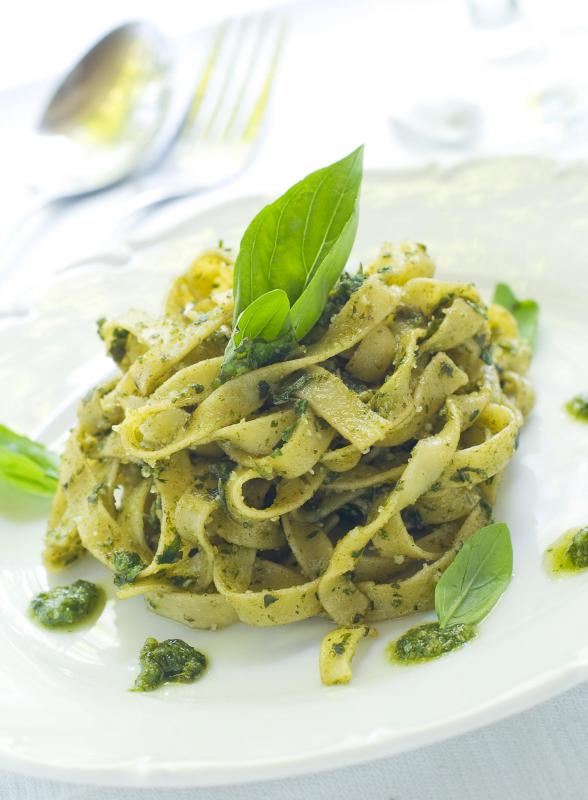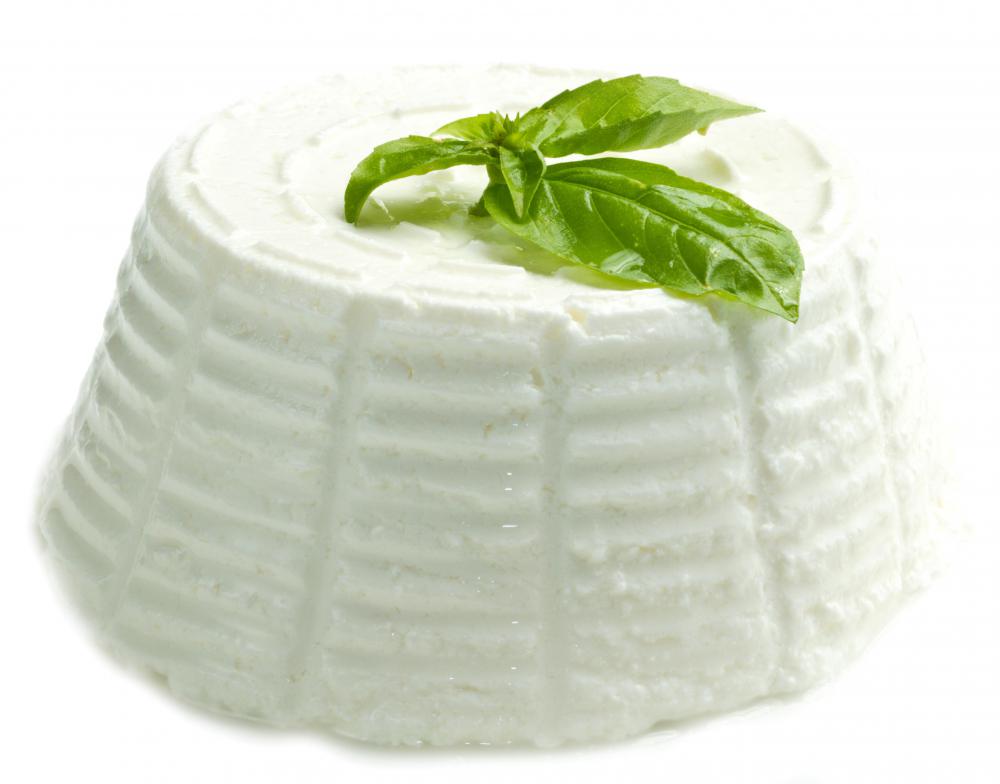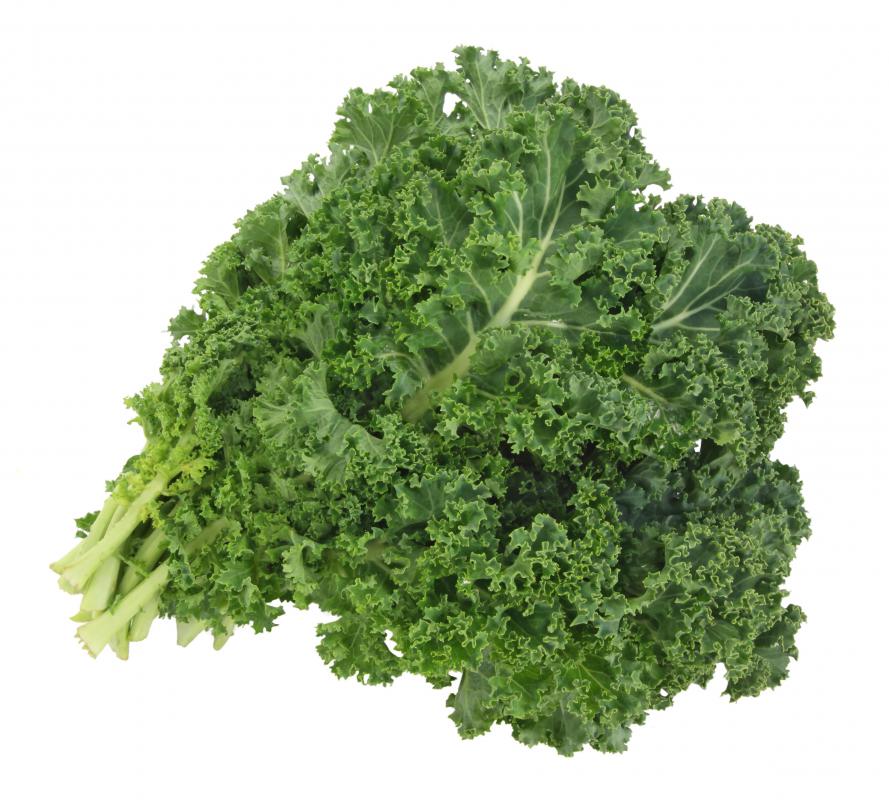At WiseGEEK, we're committed to delivering accurate, trustworthy information. Our expert-authored content is rigorously fact-checked and sourced from credible authorities. Discover how we uphold the highest standards in providing you with reliable knowledge.
What Are the Best Tips for Making Healthy Pesto?
Traditional basil pesto contains a lot of fat from added olive oil, cheese, and nuts. Although the fats from oil and nuts are unsaturated and generally considered heart-healthy, a cook may want to prepare a healthy pesto with less fat and fewer calories by omitting some or all of the high-fat ingredients. A cook can also leave out the cheese or substitute a lower-fat version for a healthier pesto. If basil is not available, she can replace it with other greens, such as argula or kale.
Usually, nuts such as pine nuts or walnuts are added to pesto for flavor and texture. Nuts add both fat and some protein to the dish. To make a healthy pesto, the cook may want to reduce the amount of nuts added to the recipe. For example, if a recipe calls for a 1/4 cup (25 grams) of pine nuts, she can reduce the amount to 2 tablespoons (12 grams). Walnuts are high in omega-3 fatty acids, so a cook may want to use them in place of pine nuts.

To reduce the calories in healthy pesto even more, a cook may wish to cut back on the amount of Parmesan or other hard, strong cheese used. A cook can make the pesto vegan by replacing the Parmesan with soft or silken tofu. She can also use part-skim ricotta cheese alongside a small amount of Parmesan. Ricotta or tofu will give the sauce a boost of protein too. For a more flavorful version, she can try substituting goat cheese for the Parmesan and olive oil.

The oil in many pesto recipes can also be reduced by up to half to cut down on calories and fat. To make up for the reduction in oil, the cook will need to add another liquid. Water can be used to thin the pesto. Lemon juice will add a bit of tanginess to the sauce. If reducing the amount of olive oil, a cook should use the best oil she can find to make sure its flavor shines through.

Healthy pesto is not limited to basil leaves only. Some cooks replace the basil with parsley, especially in the winter months when fresh basil may not be available. Another option is to use arugula, which give the pesto a peppery taste. For more nutrients, a cook can add a handful of kale to the pesto alongside the basil.
AS FEATURED ON:
AS FEATURED ON:



















Discuss this Article
Post your comments